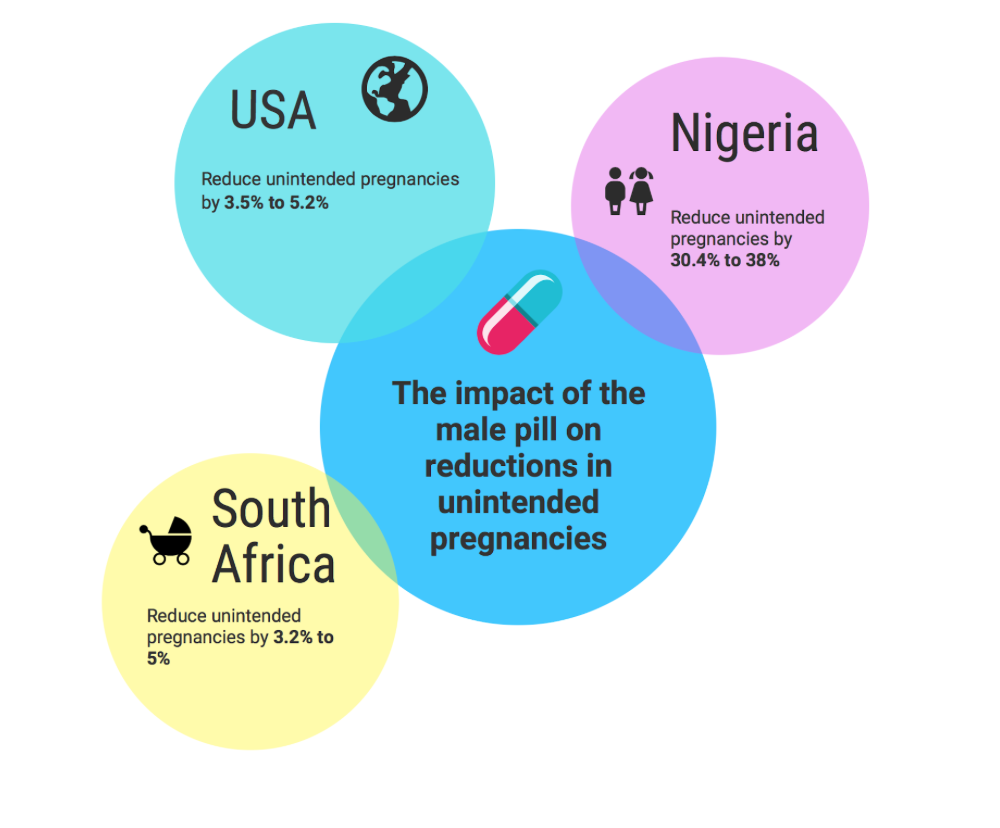Researchers say a pill “would move all the burden of contraception away from women”.

Image: via Unsplash
When the contraceptive pill was made available to the public over 50 years ago, it allowed women sexual freedom – the freedom to enjoy sex without the worry of getting pregnant.
However, men have not had the same choices when it comes to contraceptives. Condoms, ‘pulling-out’, and vasectomies — although they require more surgery to reverse, — have been the main sources of birth control.
A new contraceptive pill called, Dimethandrolone undecanoate (don’t worry we are struggling with the pronunciation too), or DMAU, has recently been tested on 100 men.
Voice of London spoke to Dr Stephanie Page, from the University of Washington Medical Centre about the study, its side effects, and why a pill wasn’t created earlier:
[soundcloud url=”https://api.soundcloud.com/tracks/528833109″ params=”color=#ff5500&auto_play=false&hide_related=false&show_comments=true&show_user=true&show_reposts=false&show_teaser=true&visual=true” width=”100%” height=”300″ iframe=”true” /]
(background music: courtesy of The Pylons)
We also spoke to the Male Contraceptive Initiative (MCI) about why it has taken so long for a pill to be created. They listed four key points:
1) Scientific issues: In the past, most research has focused on a complete, but reversible halt to sperm production. All compounds had some fatal flaw, such as severe side effects. In recent years, more researchers have started focusing on affecting sperm function rather than halting sperm production. Examples of functional changes include preventing sperm from swimming or egg fertilisation.
2) Acceptability: There is often conjecture about feasibility and acceptability of a new male contraceptive. However, multiple surveys and sources of data show that men are interested in the idea, and would use it if it were on the market.
3) Commercial interest: Pharmaceutical companies have dabbled in research on male contraceptives but no company has made it a research priority.
4) Policy issues: Since the Pill was introduced to the market more than fifty years ago, funding has continued to be focused on hormonal female methods. With a focus in long-acting reversible hormonal contraception and increased low cost access to the Pill for women globally.
The MCI published a paper earlier this year about the impact of the male pill on reductions in unintended pregnancies in the United States, Nigeria, and South Africa:

A male contraceptive pill could have a vast impact on the reductions of unintended pregnancies.
Bekki Burbidge, Deputy Chief Executive at sexual health charity the Family Planning Association, spoke to Voice of London: “Many men want to take responsibility for contraception or share it more equally with a female partner. There are currently only two methods of contraception that can be used by men: condoms and sterilisation. A male pill would give men an effective, easily reversible method of contraception to add to their choices.”
Although, unfortunately, a male contraceptive pill isn’t expected on the market for another 10 years, there have been several steps in the right direction.
Words and infograph: Daisy Newman | Subbing: Taylor Paatalo

